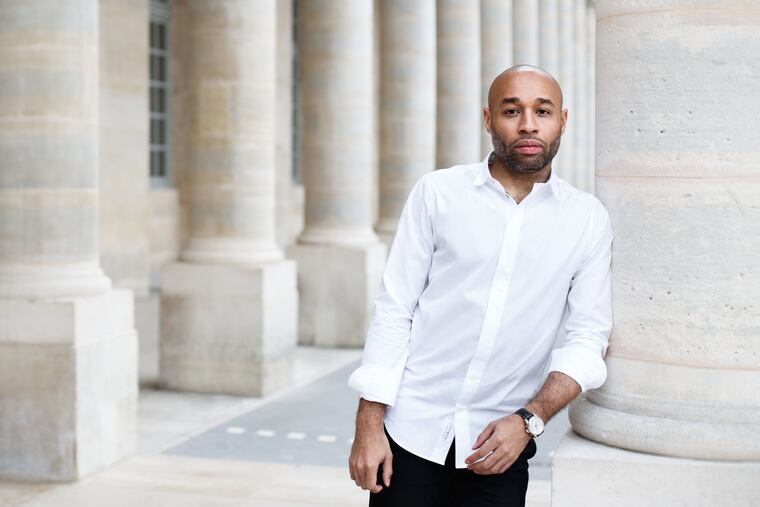Styles intermingle in Philadelphia Orchestra’s first subscription concert of 2021-22
The program included the orchestra's first performance of Florence Price's Symphony No. 4 and a Thelonious Monk surprise.

Thelonious Monk at the orchestra?
Blue Monk wasn’t on the printed program for Thursday night’s concert. Rather, it arrived as an encore when Christopher Deviney’s vibraphone was rolled out on stage next to Aaron Diehl’s grand piano. And for a few glorious moments at the Philadelphia Orchestra, the vibrating air of Verizon Hall felt like the Village Vanguard.
The Philadelphia Orchestra is a good deal more stylistically intrepid than many might think — the ensemble collaborated spectacularly with Jill Scott in 2014 — but the encore made a point that can’t be stated enough: Musical genres are more a gas than a solid. In real life, for many listeners, they intermingle. And if the principal percussionist of the Philadelphia Orchestra and the solo pianist for the night have something to say, structures should yield to accommodate them.
It was a win that they did. Deviney was adventurous in his part — he was all over the instrument — while the material Diehl laid out over the blues framework was all the more effective for being chosen economically and wisely. Together, the two musicians were a surprise and a thrill.
There was a broader context at work for the evening. Every piece on the orchestra’s program (to be repeated Saturday night) is a product of Black culture. This first subscription concert of the 2021-22 season opened with “Lift Every Voice and Sing” (often referred to as the Black National Anthem), sung beautifully by Laurin Talese, followed by the singer’s own “This Love” (both arranged by Jim Gray).
Programming has become a patchwork of live and digital, new works and repeated ones. Thursday the orchestra brought back Gershwin’s Rhapsody in Blue, performed by Diehl last season on the Digital Stage series in the 1924 jazz-band form by Ferde Grofé. Here, live, Diehl performed Grofé's full-orchestra version, and with Yannick Nezet-Seguin on the podium, the orchestra was sumptuous. The conductor has a wonderful feel for the drama of the music, its exuberance and inner-warmth.
Diehl is all about the reinvention of his part and making connections to jazz and its many sub-genres. As he did in his previous performance, streamed in April, the pianist took a highly improvisatory approach, with a wandering stylistic ear that suggested the energy of boogie-woogie and easy elegance of George Shearing.
The program brought two Philadelphia Orchestra first performances. Florence Price’s Symphony No. 4 built on the orchestra’s ongoing exploration of the composer; a Deutsche Grammophon recording of the first and third symphonies has just been released.
Price’s Fourth has moments of great beauty, particularly in the poignant first movement and its melodic reference to “Wade in the Water.” There are layers of complexity here worth exploring over time (this symphony will also be recorded). The second movement moves the spotlight across the ensemble, with violist Kirsten Johnson taking some lovely solos, a glowing brass chorale, and a rather low trumpet part handled smoothly by David Bilger.
The other first outing by the Philadelphians was in William Grant Still’s stunningly evocative Out of the Silence, heard here in the composer’s own arrangement for strings, flute (played by Jeffrey Khaner) and piano (played by Diehl). The impact of the piece from 1939 is in its incredible sense of atmosphere. The light keeps changing, like a spring day warm and sunny one moment, wan the next.
Don’t look to the composer to come up with a tidy resolution. The piece ends with a musical question mark.
Additional performance: Saturday at 8 p.m., in Verizon Hall, Broad and Spruce Sts. Tickets are $10-$99. Vaccination cards and ID are required, and face masks must be worn at all times. philorch.org, 215-893-1999.